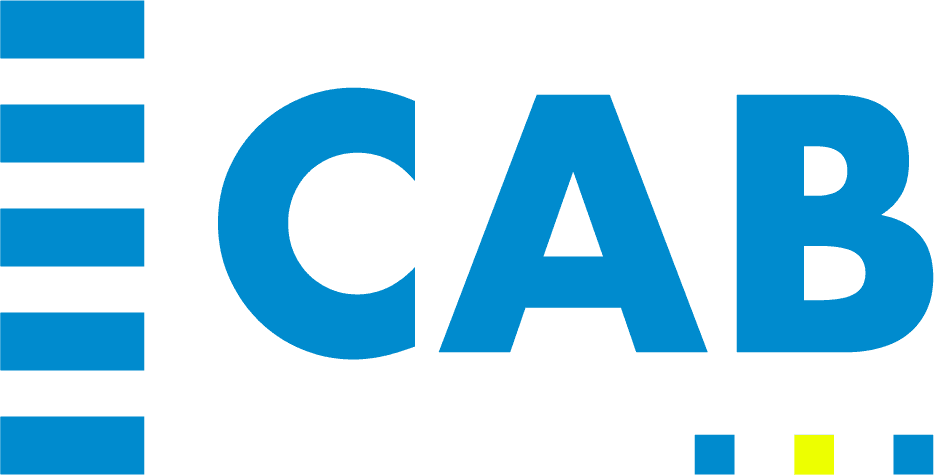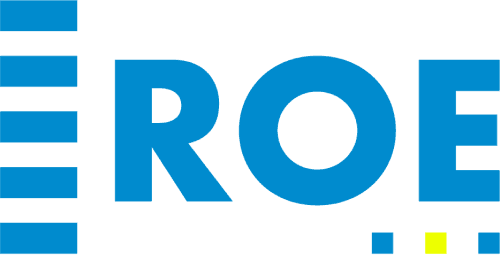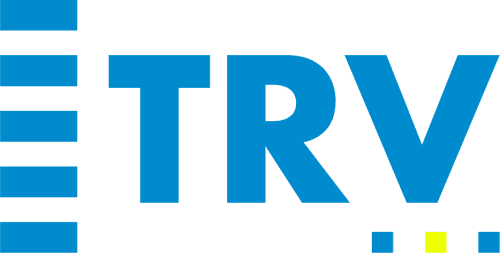You wake up, open your laptop, dive into emails, and before you know it, the day’s vanished. You’ve worked, sure. But did you live? That’s the quiet question behind all the noise about “work-life balance.”
Eight hours for work, eight for life, eight for sleep, easy, right? Except real life doesn’t work that neatly. Your inbox doesn’t care if it’s family dinner time, and your brain doesn’t switch off just because you’ve logged out of Slack.
The truth is, balance isn’t about separation. It’s about integration, blending your energy, joy, and focus into a rhythm that feels natural. That’s how you build a life that doesn’t burn you out.
Because here’s what’s happening right now: burnout rates hit 66% in 2025, according to Forbes. That means people everywhere are running on fumes, trying to juggle everything without dropping anything.
So instead of chasing perfect balance, let’s talk about how to improve work-life balance through integration, a smoother, saner way to work and live.
The Limits of Traditional Work-Life Balance
For years, we’ve been told to “find balance,” like it’s a hidden treasure buried somewhere between your morning meeting and bedtime routine. But that version of balance, the 50/50 split, is actually a myth. Life doesn’t divide that evenly, and trying to force it only leads to guilt.
Parents feel it when they’re answering work emails at the dinner table. Entrepreneurs feel it when “just one more task” eats into every weekend. The more we try to separate work and life, the more both start to blend anyway.
In aviation, pilots don’t keep a plane steady by freezing it in one position. They make small, constant course corrections. That’s what true balance looks like with micro-adjustments that keep you flying smooth, not stiff.
ResearchGate notes that people with better work-life balance report higher satisfaction, lower stress, and better health overall. And Arianna Huffington said it perfectly: “We think, mistakenly, that success is the result of the amount of time we put in at work, instead of the quality of time we put in.”
Work-Life Integration as the Better Model
Work-life integration is where things finally start to make sense. Instead of treating work and life as rivals fighting for your attention, integration invites them to work together.
That could mean taking a brainstorming walk instead of a boardroom meeting. Or sketching ideas for your next project while sipping coffee on a Sunday morning.
When inspiration flows freely between “work” and “life,” you stop living in compartments and start living in rhythm.
Microsoft’s Work Trend Index found that 47% of people now prioritize family and personal time over work, which is a major shift since the pandemic. And it’s not a bad thing. It’s proof that we’re craving a more human way to live.
Adam Grant once said, “Productivity is not about time management. It’s about attention management.” Integration helps you direct that attention toward what matters most. Whether that’s your kids, your career, or a quiet morning before the day begins.
Practical Steps to Improve Work-Life Balance
So, how do you actually make integration work for you? It starts with small steps like the kind that turn chaos into calm.
Redefine Boundaries
Forget rigid lines. Think of boundaries as flexible guidelines that protect your time, not restrict it.
You can close the laptop and still care deeply about your job. You’re not less ambitious for needing rest; you’re just smarter about your energy.
Schedule Joy
If it’s not on your calendar, it usually doesn’t happen. Add the fun stuff. Lunch with a friend, gym time, or ten minutes of silence before the next Zoom call. When your calendar reflects what matters most, balance starts to take shape naturally.
Embrace Micro-Moments
Balance doesn’t come from week-long vacations. It comes from five-minute breaks, a stretch, a walk, a quick text to someone you love. These tiny pauses refill your tank faster than you’d think.
Lean Into Flexibility
Some weeks, work will take the front seat. Others, life will. That’s okay.
Flexibility isn’t a failure; it’s flight control. It’s what keeps you steady when things change.
Brené Brown said it best: “Daring to set boundaries is about having the courage to love ourselves, even when we risk disappointing others.” That’s what a healthy balance looks like,
Why Integration Improves Productivity
When you stop trying to “balance” and start integrating, your productivity actually improves. You feel more engaged, creative, and ready for challenges because you’re not constantly switching mental gears.
Think about airplanes again. The most efficient flights come from systems working together. Engines, controls, and navigation, all in sync. The same goes for your life.
When your work and personal systems support each other, you fly smoother and faster.
Studies show that companies supporting remote and flexible work see 25% lower turnover. Happy, balanced employees don’t just stay longer; they also perform better.
And as Tony Robbins reminds us: “If you do what you’ve always done, you’ll get what you’ve always gotten.” Change how you structure your time, and watch what happens.
Flying Smooth: Your Path to Better Balance
Perfect balance doesn’t exist. But your balance, the version that blends joy, work, and rest in a way that feels right, absolutely does.
Integration isn’t about choosing between work and life. It’s about designing both around what truly matters. When you do that, everything starts to align, such as your energy, your focus, and your happiness.
HR Brew reports that 82% of employees say imbalance hurts their productivity. That’s reason enough to start adjusting your flight plan today.
Stephen Covey said, “The key is in not spending time, but in investing it.” So invest it wisely. Blend your passions, your people, and your purpose. That’s where balance and real living begin.
Sources
Forbes: “Job Burnout at 66% in 2025.” Accessed 10/08/2025.
ResearchGate: “Work-Life Balance and Its Impact on Employees.” Accessed 10/08/2025.
Microsoft WorkLab: “Great Expectations: Making Hybrid Work Work.” Accessed 10/08/2025.
ScienceDirect: “Work-Life Imbalance and Its Consequences.” Accessed 10/08/2025.
PR Newswire: “Companies Supporting Remote Work See 25% Lower Turnover.” Accessed 10/08/2025.
HR Brew: “Burnout and Engagement on the Rise.” Accessed 10/08/2025.

Article by
Founder, Think Like a Pilot & GBM6
Bobby Dutton is a professional speaker, entrepreneur, and philanthropist. He's also a licensed commercial pilot and flight instructor -- for fun. Thriving at the intersection of engineering and art, Dutton created GrooveBoston in 2004, built on the statement "Music is No Longer a Spectator Sport." His team (now called GBM6) is about making people happy, through legendary events. Bobby's pioneering work on event design has won him awards internationally, and he was voted one of the "Top 25 Young Event Pros to Watch" by Special Events Magazine. After 20+ years of navigating high-stress situations as a business owner and event producer, Bobby found calm in an unlikely place: in the sky. He now teaches these aviation-inspired decision-making tools to thousands through events, keynotes, and workshops.










